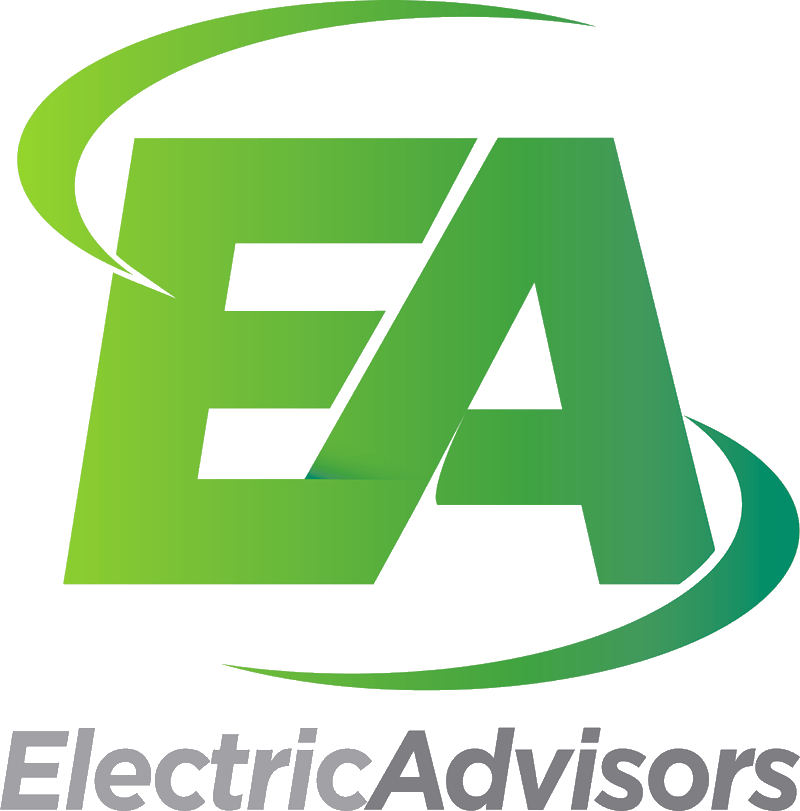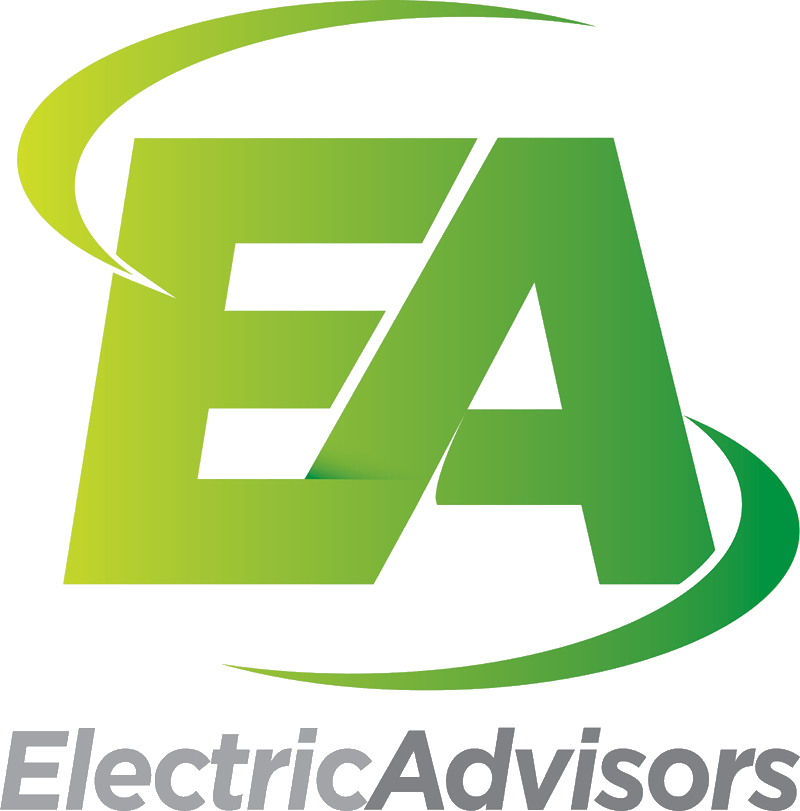Eco-Friendly Remodeling
As energy costs rise and the notion of conservation begins to take hold, people are taking the chance when they remodel their homes to increase their water and energy efficiency. It may not pay for the entire remodel, but it is certainly a good way to subsidize the expense, help save the environment and increase the value of your home in one swoop.
Bathroom updates are the best way to conserve water in 2012 and beyond. If your toilet is from before 1994, then it’s probably a water waster. Update the look of your toilet and reap the benefit of a lower water bill. A new showerhead is also a very quick, easy, and cost-effective way to save on water usage as well as improve your shower experience. The difference between a good showerhead and a bad one is pretty significant.Ceiling fans come in an array of styles, stains, colors, shapes and materials. They are another relatively easy and inexpensive way to update the look of your home. Remote controls can replace the dangling pull chains for a sleeker look and no matter how nice of an area fan you buy—it still looks like clutter. Cut hefty A/C bills in the summer and stave off mustiness with a little circulation instead.
Doors and Windows are the biggest energy wasters in the house. Warm air escapes in the winter and invades in the summer. Exorbitant energy bills, even for a 4-bedroom house, are usually the result of a lack of proper barrier between the outside elements and the indoor haven against them. A new front and/or back door can be a great facelift for the façade of your home and this change can increase security and lower energy bills. Windows are in the same boat with doors, especially if you have several.




